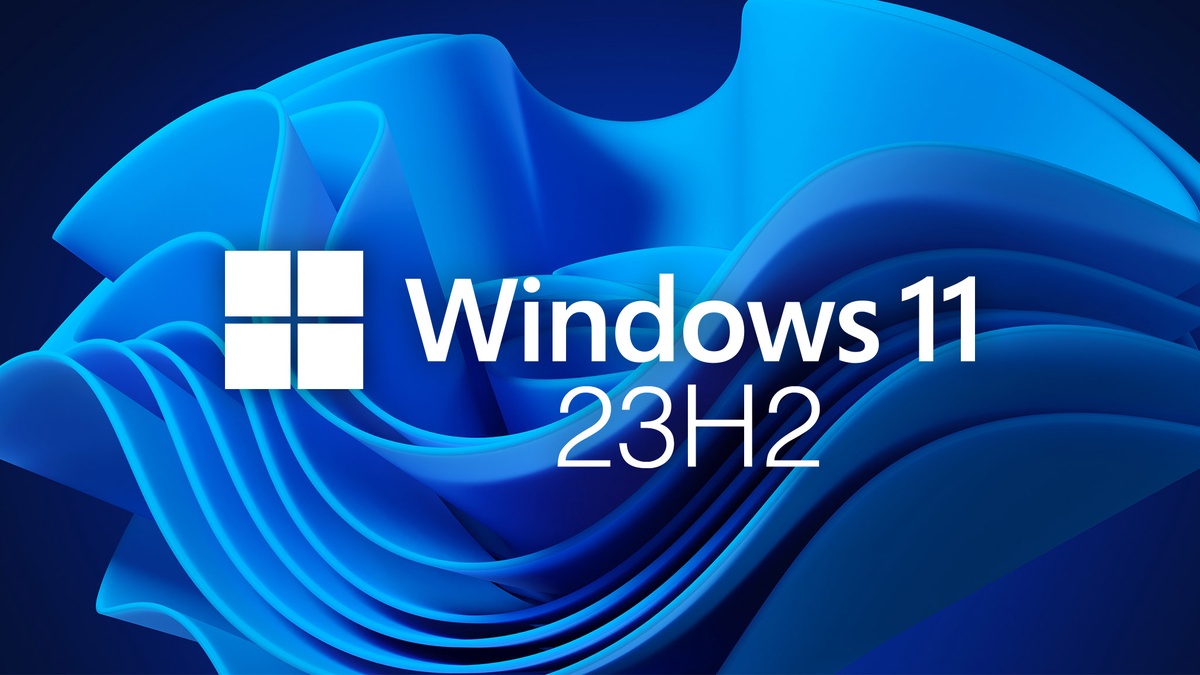While Windows 11 allows you to create a backup image of your computer, it doesn't provide the full breadth of functionality that other third-party backup solutions offer. Here's what you need to know to fully protect your Windows 11 environment.
How does data backup work?
Some backup systems only back up your documents, files, and folders, while other backup solutions, such as Windows 11 Backup and Restore and Acronis Cyber Protect Home Office, provide full image backups that include the Operating System (OS), data, and applications. When you perform an initial backup, the software replicates your entire system. Subsequent backups are typically incremental or differential backups that only capture data changes since the last backup, saving time and storage space.
Do I need a Windows 11 backup system on my computer?
The short answer is yes. Regardless of your operating system, you should create a full image backup of your entire system, including data, applications, and the operating system. In case you experience an unforeseen event, such as a cyber attack, software/hardware failure, human or natural disaster, power failure, theft of your device, accidental deletion of files, folders, data, etc., you will be able to recover your entire system and not suffer any data loss.
Windows 11 System Recovery, is it enough?
Windows 11 offers two ways to back up your PC:
⦁ Backup and Restore create a full image backup, but only offers the option to recover the full image. Microsoft recommends that you use the Windows 11 recovery system to create a recovery drive so that if you have problems with your Windows 11 system later, you can reinstall Windows 11 using the recovery drive.
⦁ File history allows you to back up and recover selected files and folders.
If you want the flexibility of recovering a full image and selected files/folders, you'll need to use both Windows 11 options to properly recover your data, or you may consider a third-party solution that allows you to create a full disk image and download the full image for a complete recovery of the PC or selected files and folders.
Windows 11 has other limitations as well, including no option to back up your files to the cloud and no easy way to follow the 3-2-1 backup rule. Even for home users, this limitation is significant. For obvious reasons, backups should not be stored in the same location as your PC. If a fire or flood destroys your computer, it's very likely that your local backups will be destroyed as well.
Do you need local backup and cloud backup?
Yes, at a minimum, you must create and maintain a local and cloud backup. A local backup allows you to quickly select and recover selected files and folders, and a cloud backup ensures that if your local backups are compromised or destroyed, you can recover your files and folders. Industry experts recommend that all PC users follow the 3-2-1 backup rule, which provides more detailed requirements.
Backup rule 3-2-1 for Windows 11
The 3-2-1 backup rule stipulates that you should always have three copies of your data (one production copy and two backup copies) stored on two different media with one copy stored in an external location, such as the cloud. By following this rule, you can be sure that you will always have a backup, no matter what happens.
Backup software paid vs. Windows 11 native backup
Modern third-party backup solutions have the following advantages over native Windows 11 backup:
⦁ Full image backups with flexible recovery options. Modern backup solutions allow you to create a full image backup and allow you to recover the entire image or selected files and folders, saving you the time and effort of using both Windows backup features eleven.
⦁ Backups in the cloud. The option to make a backup in the cloud offers two advantages:
⦁ You can easily follow the 3-2-1 backup rule.
⦁ Your cloud backup is safe in the event of a fire or flood that can destroy your PC and local backups.
⦁ Unlike local backups, a cloud backup is protected against cyberattacks targeting your PC.
Always keep in mind that if you experience a cyber attack, your local backups are likely to be compromised as well.
⦁ Protection for Microsoft 365. Another drawback of Windows native backup is that it doesn't offer any way to back up your Microsoft 365 account. The assumption is that Microsoft servers are fully protected and secure; But in recent years, outages, security breaches, and attacks have targeted even the largest global organizations, including Facebook, Amazon, and Google. You should be able to store your data securely on independent third-party servers with data encryption, so even the software provider doesn't have access to your files.
⦁ Protection for your mobile devices. Modern third-party backup solutions can protect more than just your Windows PC. Some solutions also allow you to back up your iPhone and Android devices.
⦁ Protection against cyber-attacks. While Windows Defender, which is included in Windows 11, can protect your PC from cyberattacks, it is separate from Windows Backup features. As mentioned above, if your PC is attacked and compromised, chances are your local backups are too. Alternatively, modern third-party backup solutions include Artificial Intelligence (AI)-based cybersecurity to block attacks in real-time, including attacks caused by zero-day vulnerabilities, before malware (early launch anti malware), ransomware, or crypto hackers can do any damage. and keep accidental infections and unwanted cyber-attacks away from your valuable data. Even more important, if an attack arrives and compromises your PC,


No comments yet